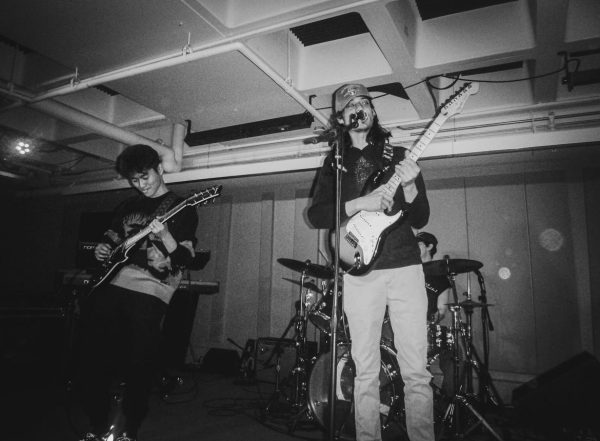Students talk Mahler’s Sixth Symphony
Thursday, Oct. 5 and Friday, Oct. 6, The Cleveland Orchestra performed Gustav Mahler’s Tragic Symphony, composed in the early 20th century.
Mahler was strongly influenced by the Romantic movement when he composed the first five symphonies, infusing them with simplicity, naturalness and innocence. However, in the sixth symphony his style became much more self-centered and abstract. Symphony No. 6 marks a transition of Mahler leaving Romantic ideals behind and moving towards modernism.
Symphony No. 6 begins with a gigantic first movement, moving on to a moderate and flowing second movement, a light-hearted playful third movement and eventually an enigmatic and tragic last movement. Symphony No. 6 is called the “Tragic Symphony” because of its tragic ending.
“[He] is also my favorite composer,” said second-year student, Hannah Zhang. “It is rare to see orchestras performing Symphony No.6, but I am glad that I heard it [in] a live concert….The tone of Symphony No.6 is quite sad…. Mahler is a composer that is obsessed with death and sorrow.”
Mia Huang, a second-year student, also attended the performance and found it appealing.
“I love [Cleveland Orchestra and Mahler’s Sixth Symphony]…. I feel so lucky that we have the opportunity to of to their concerts literally every week,” she said.
Zhang’s favorite classical piece is Mahler’s Sixth Symphony.
Both Huang and Zhang play musical instruments, and Zhang attempted Symphony No. 6 when she was a member of her orchestra in high school.
“I played the french horn … and we tried hard to rehearse Mahler’s No.6, but we failed,” said Zhang.
However, she valued the opportunity of listening to the symphony live; it gave her a great opportunity to deeper understand Mahler’s meaning within his music.
According to Zhang, in the first movement of the symphony, the music sounded like “someone was fighting against life, trying to extricate out of some difficult positions.”
The strong drum beats gave her a direct sense of someone who still has the will to live in the world fight. The melody in the second movement became smoother and smoother. In the last movement, all the musical instruments joined the symphony, making the music sound heavy.
“It sounded like the person was then sentenced to death,” Zhang said.
Mahler gave the audience some hope at the beginning that maybe the person could stand up and overcome obstacles and fight against the opponents; however, “the beats of the bass drum were louder and heavier.” In the end, that person was given an extremely strong hit that made them give up.
Huang had a similar impression of the symphony: “The first movement gives a relatively joyful feeling… [It] gave me an image of a beautiful forest with a little breeze,” she said. “The forest is quiet and peaceful but I feel like there is a person wandering in the forest and enjoying the nature and the mystery within the forest. The second movement gave a feeling of grief and a sense of alienation. In the third and fourth movements, I felt the struggle, doubt, anger and a sense of uncertainty.”
Both Zhang and Huang found Symphony No. 6 performed by The Cleveland Orchestra wonderful and both are planning attending more concerts in the local area in the future.















